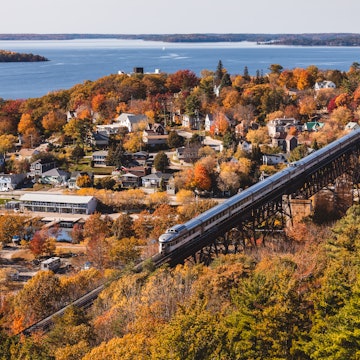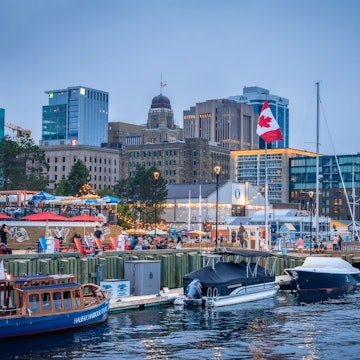
A guide to visiting Cuba during COVID-19: what it's like to travel there now

Dec 31, 2021 • 8 min read
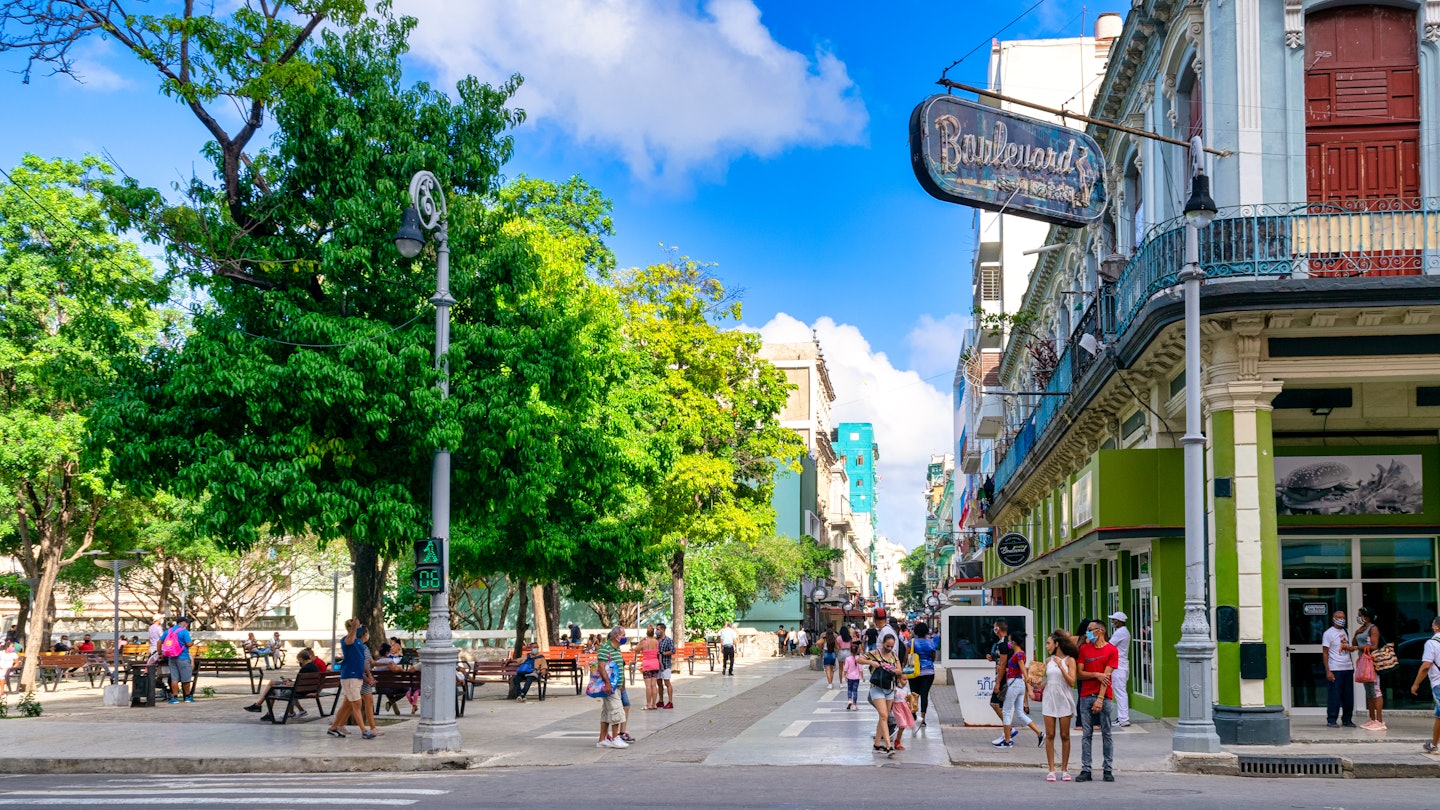
San Rafael Boulevard during the day, Havana, Cuba © Roberto Machado Noa / Getty
Throughout much of the past two years, Cuba's borders were closed, grinding the country's tourism industry to a stop. In November the country reopened to visitors, and Lonely Planet guidebook writer Brendan Sainsbury made what had been a frequent trip in pre-COVID times from his home in Canada. Here's how he got on.

Low cases and high vaccinations
I had last been in Cuba in October 2020 but, in the days before vaccines and boosters, I had been confined to an all-inclusive resort on an isolated key off the north coast. This time was different. Cuba had reopened countrywide for tourism on November 15, 2021, and active COVID-19 cases – after a nasty summer spike – now numbered in the low hundreds. Despite whispers of the emerging Omicron variant (which hadn’t reached Cuba when I visited in early December), the country had achieved the second-highest vaccination rate of any country in the world with over one million inhabitants. Weighing the pros and cons, I saw a window of opportunity and decided it was safe to visit.
Traveling to Cuba: What documentation do you need?
Check-in at Montréal was easy and well-ordered, and my flight to Varadero – which was 90% full – was smooth and stress-free save for a slightly bumpy landing. Safely installed on terra firma, my journey through Cuban immigration was equally straightforward.
Cuba requires all travelers to provide proof of vaccination, or a negative PCR test completed up to 72 hours before landing. I brought a printed copy of my Canadian proof of vaccination which I handed to a health official at the airport. The authorities recognize most international vaccines including Pfizer, Moderna, AstraZeneca and Johnson and Johnson, or a mix of any two of them. On the day I landed, Cuba had just instituted a mandatory seven-day quarantine for visitors from eight Southern African countries due to the Omicron variant.

Do you need medical insurance to enter Cuba?
All new arrivals in Cuba need medical insurance that includes COVID-19 coverage. Bring a digital or printed proof of your policy and be prepared to show it at the airport. Random checks are made, although in two-dozen trips, I have yet to be pulled aside. My annual travel insurance covered me for trip cancellation and medical expenses, but not for a potential hotel quarantine. I paid a one-off C$48 fee and upgraded my policy to include ‘trip interruption’.
Visitors to Cuba also need to present a tourist card which is usually included in the cost of your flight ticket and is given out an hour or so before landing (double-check with your airline when booking). Two additional paper forms were given out on the airplane: a COVID-19 health questionnaire and a customs form, both of which have to be handed in to customs officials on the ground.
A streamlined arrival process is coming in 2022
From January 1, 2022, Cuba will simplify its arrival process with a new online form called D’Viajeros which will amalgamate the immigration and health forms in a digital format. You will be able to fill out the information up to 72 hours before arrival and will receive a QR code in return.

What are the health pass rules in bars and restaurants?
During my time in Cuba – which included stays in the cities of Matanzas and Havana – no health pass or proof of vaccination was required to enter bars, restaurants or public buildings. In fact, the only time I was asked to show my vaccination status was on my arrival at Varadero airport. This isn’t as lax as it sounds. Cuba has high vaccination rates and tourists entering the country are heavily vetted. Almost everyone you encounter on the ground will have been inoculated, including children as young as two-years-old.
At most restaurants, I was offered the requisite hand sanitizing gel on entry. Once inside, there wasn’t much evidence of plastic partitions although, as most restaurants were less than half-full due to lack of tourists, social distancing was pretty much guaranteed. Added to that, the tropical climate allows for plenty of free air circulation and, more often than not, I dined alfresco.
Cuba's most popular tourist attractions
While my flight from Montreal to Varadero had been mostly full, 99% of my fellow passengers promptly clambered onto buses and headed east to Varadero’s all-inclusive resorts. I, meanwhile, turned west and made for the historic but little-visited city of Matanzas where independent travelers were scant.
After two days, I pressed on to Havana where tourists were equally thin on the ground, although at least 50% of sights and restaurants in the Cuban capital were open and operating close to normal.
The Havana Tour Bus, an opened-topped double-decker, was doing hourly circumnavigations of the main sights with practically no passengers. I decided to take the opportunity (and leg room) and see the city through the eyes of a tourist. It felt similarly spacious inside the Museo Nacional de Bellas Artes where I treated myself to an independent guided tour of the three floors of exhibits which included a hyper-creative exhibition of the work of avant-garde Cuban artist, Kcho in the central quadrangle.
There was no longer a nighttime curfew in Cuba and bans on congregating on Havana’s Malecón sea drive had also been dropped. Some clubs and music venues remained closed, although the iconic Tropicana cabaret was back in business.
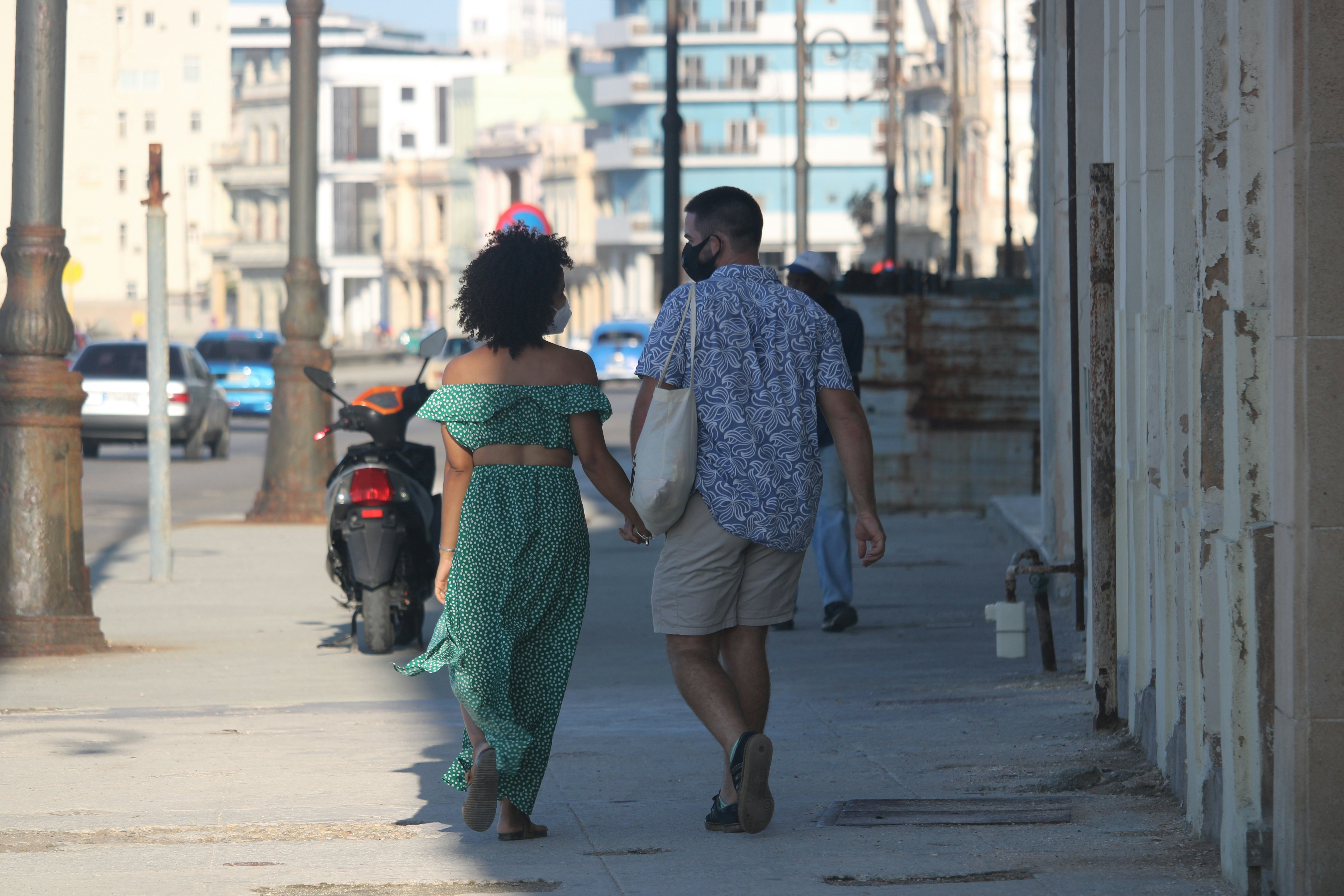
Make sure you bring enough 3-ply masks
Masks are mandatory in Cuba, even outdoors. However, after conversing with some tourists from Varadero’s all-inclusives, it appears that policies in the resorts are less rigid and not strictly enforced.
For the Cubans, it’s a different story. The citizens of Havana face stiff multas (fines) if they’re caught without a mask. To express solidarity and avoid a multa myself, I conscientiously followed the rules. High heat and humidity made the experience rather asphyxiating at times. Running along the Malecón sea drive with a mandatory three-ply mask stuck to my face was a challenge.
My advice: bring a good supply of face-covers. You’ll need at least one new mask per day and like a lot of things in Cuba, they’re in short supply locally.
Hugs (with masks on) are still the norm
Havana is crowded city and Cubans are tactile by nature. While mask rules were fastidiously adhered to, the locals seemed less fanatical about social distancing on the capital’s busy streets. I was offered the standard abrazo (hug) greeting by several longstanding friends and a fist bump by others.
Public events are better policed with limits on capacities in theaters and cinemas. In Matanzas, I had the good fortune to attend a concert at the Teatro Sauto, a radiant swirl of frescoes, statues and mirrors that ranks as one of the finest theaters in Cuba. Thanks to social distancing, I got a six-person upper-tier box to myself. From my idyllic perch, I was treated to a masterful performance of Spanish-style zarzuelas (light opera).

Where to find a COVID-19 test for returning home
As is the case with most travelers, I needed a negative PCR test to return to Canada. Since tourism is vital to Cuba’s economy, the authorities have made it relatively cheap and easy to procure tests. This is particularly true if you’re staying at an all-inclusive resort, many of which have their own in-house clinics.
As an independent traveler, it was a little trickier; I had to seek out a clinic on my own. Havana currently has two places offering PCR tests, the Clínica Internacional Siboney approximately 15km west of Centro Habana, and the more conveniently located Clinica Camilo Cienfuegos in the Vedado neighborhood. First-come, first-served tests cost a very reasonable US$30. Payments must be made with a non-US credit card (no cash accepted).
The clinics get busy and it pays to arrive early. The Clínica Camilo Cienfuegos was open from 6am to 6pm, so I got up at 5am and ran 5km along the Malecón sea drive to join a chaotic Cuban queue in a pitch-dark park. After a brief wait and a few protestations in Spanish, I was tested by 6:45am.
I was told my results would take 48 hours to process and that I would have to return to the clinic in person to pick them up. However, as it turned out, I received them via email within 24 hours and thus avoided another time-consuming journey.
To get back to Canada, I needed proof of my negative PCR test, proof of vaccination and a completed mobile ArriveCAN phone app.
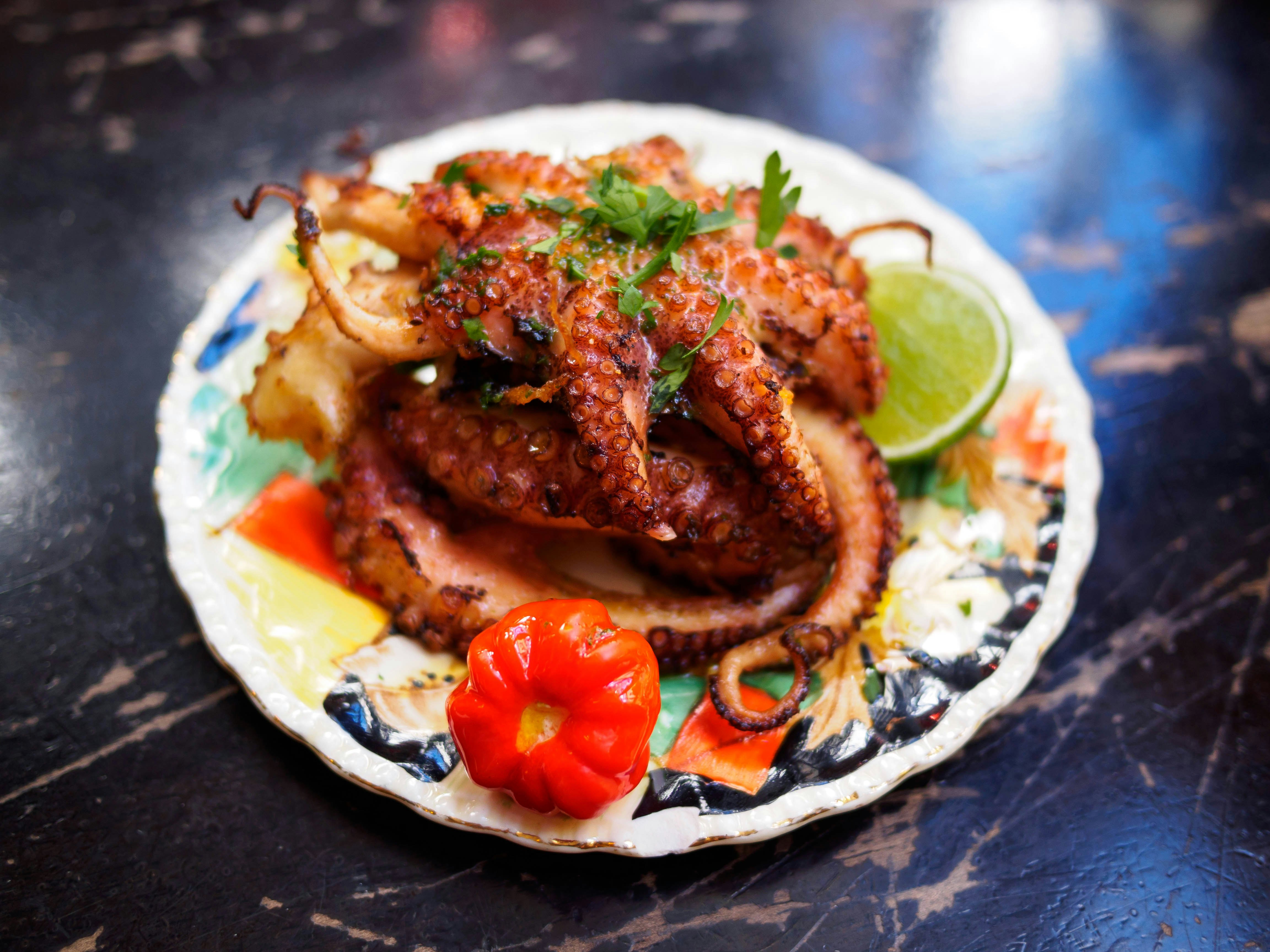
Why you should travel to Cuba now
Bar the odd day-tripping tour group from Varadero, fellow travelers were scarce during my time in Havana, but, despite the depressed tourist sector and the knock-on effect it has had on the local economy, it was a safe and worthwhile trip. In the face of multiple challenges, the food was invariably good, the buses were up and running and with around half of the facilities open, there were enough activities to fill eight action-packed and rewarding days.
For more information on COVID-19 and travel, check out Lonely Planet's Health Hub.
You might also like:
Exploring Cuba's most gorgeous beaches
Cuba’s most beautiful national parks
The new rules for Americans visiting Cuba











